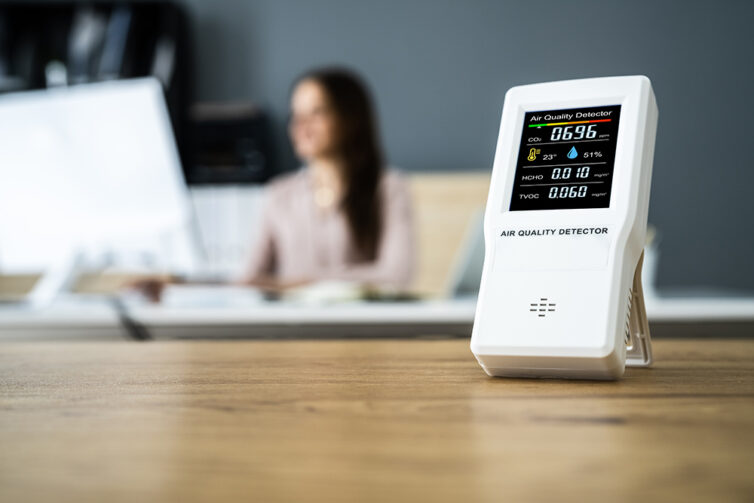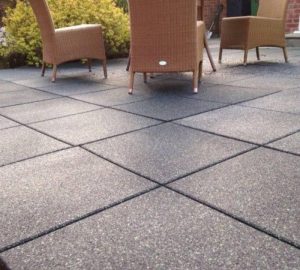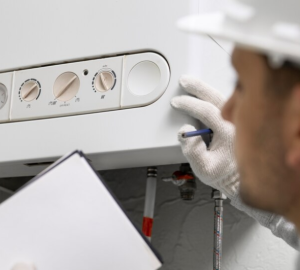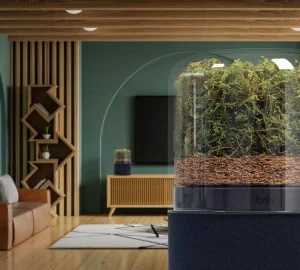Breathing clean air is crucial for staying healthy – but while you may avoid polluted high streets or take some time out for a country walk, many of us don’t stop to think about the quality of air within our own homes.
Unfortunately, pollutants can easily find their way into your house, being carried in on your clothes, by pets or simply coming in through the window.

You might not be able to see the unpleasant substances lurking in the air, but you can definitely test for them. Any household can benefit from running these checks, but it’s particularly important if you find yourself dealing with any of these signs of poor air quality:
- Asthma symptoms. Asthma symptoms are exacerbated by polluted air, so if members of your family are seeing an increase in wheezing, coughing and chest tightness then this could be a sign that the air quality is not good enough.
- Cold and flu symptoms. Viruses tend to thrive when there’s poor circulation, which means that going down with a lot of bugs can also indicate bad air quality. Ongoing problems with itchy eyes, runny noses, coughs or sneezes may also be down to dust and pollen rather than bacteria.
- Dry skin and irritation. Bad air quality can also affect your skin, causing itching and soreness or exacerbating conditions such as eczema and psoriasis. Similarly, it can wreak havoc for allergy sufferers, making your symptoms far worse. If you experience any of these issues, its time to test your air.
Use an indoor air quality monitor to easily check your home
Indoor air quality monitors are electronic devices which test the level of different particles (things like pollen and dust) and chemical pollutants in your home. They will also measure the humidity, and may offer additional features such as the ability to monitor temperature and levels of carbon monoxide and carbon dioxide. There are a range of different models available to suit all budgets, and can give you a much better understanding of how clean your air is.

These monitors are designed to be simple and easy to read, so you don’t have to be an expert to interpret the results. It will inform you whether there are harmful levels of pollutants in the air, so you can quickly take action if you need to.
Check for additional harmful substances
Air quality monitors are great, but there are a few things that they won’t check for, such as mould. While all air will contain mould spores, an excessive amount of mould could damage your health and damage your belongings. Unfortunately, home mould tests don’t typically provide useful results – so if you’re concerned that mould might be growing in your home, it is best to hire a professional who can check for you and hopefully offer removal services.
You should also make sure you have a working carbon monoxide detector that can warn you quickly if you are at risk of exposure to this dangerous gas. Carbon monoxide has no colour, taste or smell, so a monitor is the only way to be sure of detecting it. It’s vitally important, as exposure to carbon monoxide can often prove fatal.
What to do with the results
Many people are surprised by how unclean their air is – but if you’re not happy with the results that you get, there are things you can do to improve the situation. One of the most effective things you can do is to invest in an air purifier.

We like the plant-based air filter from briiv, which uses natural materials to cleanse the air and remove harmful substances. There are many different types of air purifier on the market: ideally you want one that’s strong enough to filter out a range of substances including bacteria and mould spores as well as gasses and allergens. Investing in a high quality filter will give you a product that lasts for years, and will help you to keep your household healthy.
Small changes such as opening windows to provide better throughflow of air or vacuuming more regularly can also make a difference, and are very simple to implement. Once you’ve made a change, you can refer back to the air quality monitor to see what difference it has made, and keep making small tweaks until you’re happy with the results.









